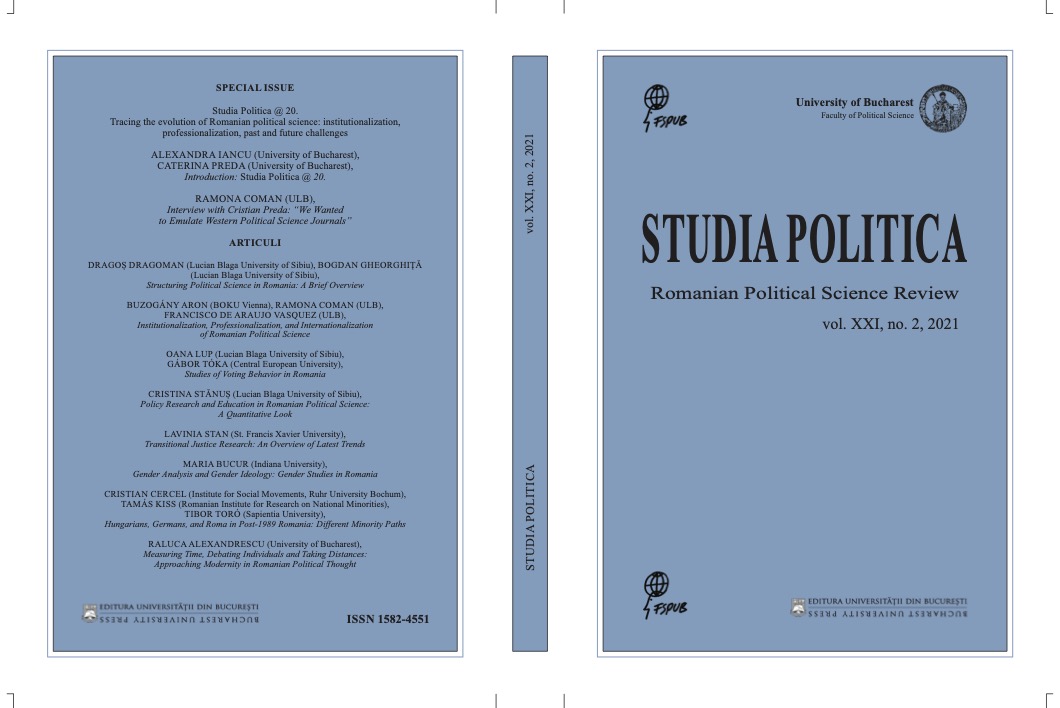Turkey’s Middle East Policy: Vectors, Aims and Results
Turkey’s Middle East Policy: Vectors, Aims and Results
Author(s): Yevheniia Vozniuk, Nataliia KhomaSubject(s): Politics / Political Sciences, Recent History (1900 till today), Geopolitics
Published by: Editura Universităţii din Bucureşti
Keywords: Turkey; Middle East; Turkey’s Middle East policy; Justice and Development Party (Adalet ve Kalkınma Partisi, AKP); neo-Ottomanism;
Summary/Abstract: This article studies Turkey’s Middle East policy since its foundation in 1923. Turkey’s interest in the Middle East is bound up with a resurgence of the traditional basis of Turkish foreign policy, namely Ottomanism (neo-Ottomanism) and Pan-Turkism (neo-Pan-Turkism). Two periods of Turkey’s relations with the Middle East will be examined: 2002–2016, corresponding to the conceptual design and implementation of Davutoğlu’s initiatives with the support of the AKP party, and 2016–2020, the post-Davutoğlu era. It will be shown that throughout both periods, Turkey tried to go from being a buffer country to becoming a diplomatically active state and the leader of the Middle East. The country’s Middle East policy thus underwent a gradual shift from soft power to a combination of hard and soft power. In the process, Turkey’s policy of “zero problems with neighbors” has given way to a new reality of “zero friends.” Any current cooperation Turkey has with its neighbors is mostly pragmatic rather than friendly. In the following, it will be shown how the current configuration of Turkey’s foreign policy combines neo-Ottomanism and Islamism (Islamist neo-Ottomanism), and that Turkey’s interests haveextended to parts of the Middle East which have never been under Ottoman rule.
Journal: Studia Politica. Romanian Political Science Review
- Issue Year: 21/2021
- Issue No: 2
- Page Range: 577-601
- Page Count: 25
- Language: English

